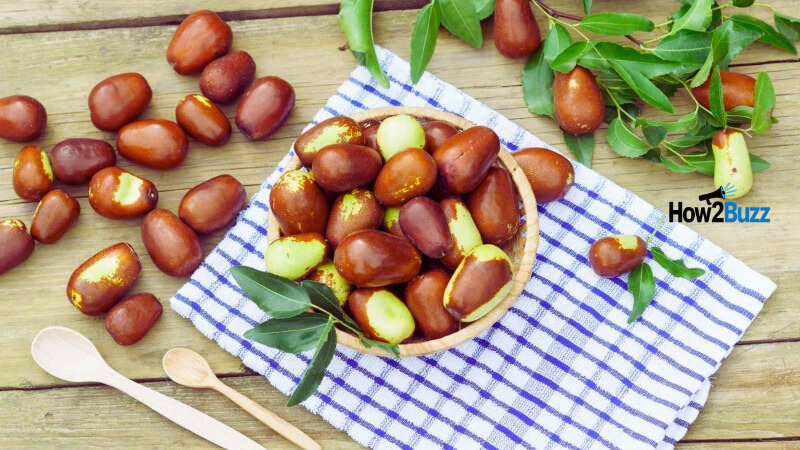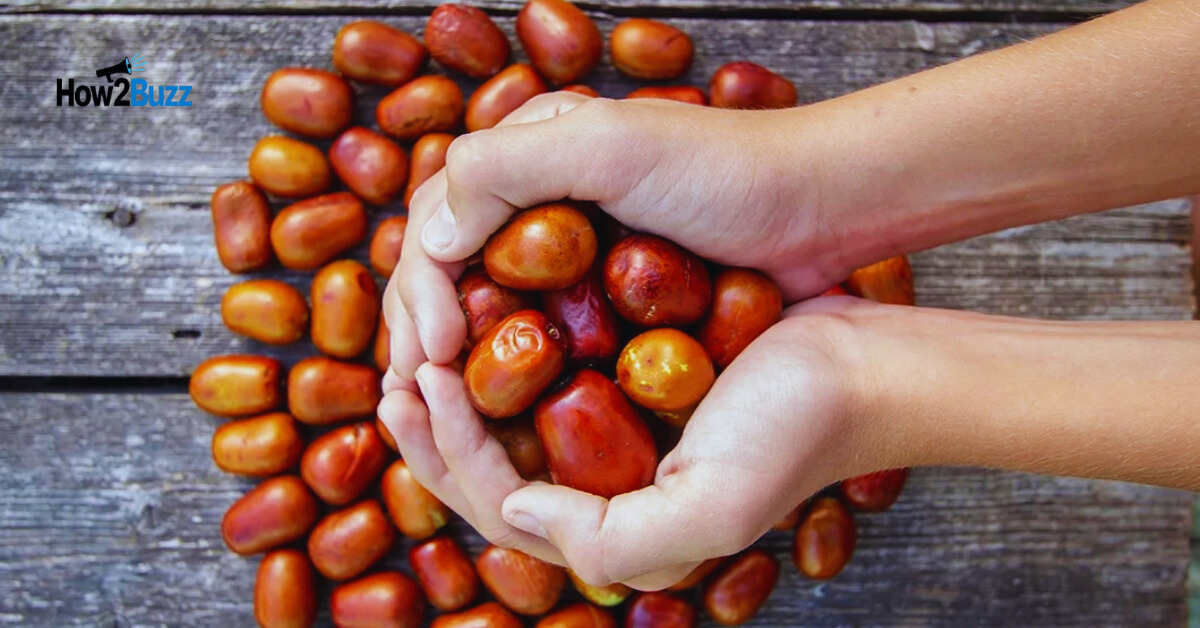Introduction to Žižole
Žižole, a small yet culturally rich fruit, deserves recognition for its subtle sweetness and medicinal value. Often found in village gardens and local markets, this traditional fruit offers gentle nourishment while connecting us to time-honoured wellness practices.
In today’s world of wellness trends, this fruit stands quietly yet firmly as a reminder that simple, natural options often provide the deepest benefits. Whether enjoyed fresh, dried, or in herbal preparations, it remains an accessible way to enhance daily nutrition.
Žižole: A Cultural and Historical Perspective
Across the Mediterranean and Asia, Žižole has been treasured in folk remedies and kitchens for centuries. Elders often passed down its use in preserves and teas, ensuring its role in daily life.
Families would dry the fruit for winter, appreciating its resilience and ability to provide gentle energy. Revisiting this traditional ingredient connects us to a slower, more mindful way of living.
Žižole in Modern Wellness Practices
In modern wellness, this fruit offers vitamins and antioxidants while serving as a natural sweet alternative. Its mild flavour fits easily into snacks, teas, and breakfast bowls without overwhelming other ingredients.
For those embracing holistic living, using this fruit in meals encourages mindfulness and a natural approach to health. It allows individuals to avoid processed sugars while enjoying a naturally sweet treat.

Nutritional Profile of This Traditional Fruit
This small fruit provides vitamin C for immune support, dietary fibre for digestion, and antioxidants to help the body manage oxidative stress. These benefits align well with balanced living.
It also offers potassium and iron, making it a practical addition to a nutrient-rich diet. Its low-calorie nature makes it a suitable choice for those seeking a wholesome snack option.
Ways to Enjoy the Natural Snack Daily
This traditional ingredient can be enjoyed fresh for a crisp, mild sweetness, or dried for a concentrated, chewy treat. It works well in trail mixes and baking.
Additionally, it can be turned into jams or added to teas, offering a subtle flavour while providing nutrients. This versatility makes it easy to include in everyday routines.
Supporting Sustainable Living with This Fruit
Choosing this locally sourced fruit supports sustainable practices and reduces carbon footprints. It is often grown without heavy pesticides, aligning with clean eating.
By incorporating it into your diet, you support small farmers while embracing environmentally conscious choices, blending wellness and sustainability seamlessly.
Selecting and Storing This Fruit
When purchasing, look for firm, unblemished pieces. Fresh ones can be refrigerated, while dried ones should be kept in airtight containers.
Proper storage preserves its nutritional value and taste, ensuring it remains a reliable addition to your kitchen.
Addressing Myths About This Fruit
A common misconception is that it is hard to prepare, but it is one of the easiest fruits to incorporate into modern diets. Its flavour pairs well with many dishes.
Another myth is that it lacks nutritional value, yet it offers vital nutrients and fibre, making it an excellent option for balanced living.
Conclusion
Žižole invites us to embrace wellness rooted in simplicity and tradition. By adding it to your meals, you gain nutrients while connecting to mindful living.
Choosing natural, locally sourced ingredients like this fruit can transform your approach to health without complexity, proving that simplicity often holds the deepest power.
Frequently Asked Questions
What does this fruit taste like?
It has a mild, sweet taste that becomes more concentrated when dried.
Can it be used in cooking?
Yes, it can be used in preserves, teas, baking, and salads.
Is it suitable for restrictive diets?
It is low-calorie and high in fibre, suitable for many diets. Check with a healthcare provider for individual needs.
How can I add it to my routine?
Enjoy it as a snack, in teas, or as part of breakfast or baking recipes.
Where can I find this fruit?
You can find it in local markets, natural food stores, or online shops supporting traditional foods.


